Refugia Newsletter #96
Ocean conservation, women and climate action, epistemic anthropology, farm refugia, and climate art
Refugia News
At last I am home from all my travels, and I’m staying put for a good long time now, thank you very much. Oops, that’s right: I’ll be in Colorado for a week in July. But nothing after that for months!
It’s good to be home to relish as best we can the beauties of summer in Michigan. And also deal with weeds. I really, really have to get after the weeds in all my garden and native plants beds. Sigh.
Not weeds! A lot of our native plants are doing great, including this rattlesnake master and common milkweed. Pollinators love ‘em!
I’m also getting down to business on writing Refugia Church, the follow up to Refugia Faith. As part of my ongoing research, I’ve already plowed through two excellent books I am eager to recommend to you. First is Ayana Elizabeth Johnson’s What If We Get It Right?: Visions of Climate Futures (One World/Random House, 2024). This book is clear-eyed and serious, but also forward-looking, imaginative, and even fun. Johnson is a marine biologist and also a wonderful climate communicator, well-networked among a host of thoughtful and creative experts on everything from farming to energy grids to urban design. Imagine how fun it would be to go to a conference where all these smart, hopeful people got together—that’s what reading the book feels like.
Just to give you a taste, in the section titled “Replenish and Re-Green,” in the chapter on food sovereignty, Johnson interviews the founder of Soul Fire Farm, Leah Penniman. Penniman describes her theory of pushing big systems change: it’s like a butterfly with four winglets—resist, reform, build, heal. You need all four to fly. I especially appreciate that last one: heal. In our current struggles toward more just and sustainable future, the earth has to heal—and so do we.
The only tragic thing about this book is that it came out just before the US election last year, so some of the more optimistic scenarios feel… further from possibility. Let us hope there will come a time when we can heal from [waves arm around wildly] all this. Even now, though, this book feels like a blueprint for a more hopeful future.
The second book: Notre Dame sociologist of religion Christian Smith’s new volume, Why Religion Went Obsolete: The Demise of Traditional Faith in America (Oxford, 2025). Smith is not a hater; he’s a person of faith himself. But hoo boy, this book is bracing. Every faith leader and educator should read this book to understand the massive zeitgeist shifts we’ve undergone in the culture, especially since 1991, and their impact on traditional religious forms and communities. I felt as if this book explained—with all kinds of sociological data—the shifting and sometimes hidden cultural undercurrents of my whole life. It also supplied plenty of evidence to confirm our shared sense that religion is going through a time of bewildering change, so that refugia spaces are keenly needed to help us navigate that change. In fact, below I’ll introduce you to a refugia space I just visited…
This Week in Climate News
But before we get to that, let’s talk about oceans. June is ocean month! In good news for ocean health, the United Nations Ocean Conference wrapped in Nice, France, last week with continued progress toward the 30x30 goal: protecting 30% of ocean area by 2030.
(Note: Imagine the fun for English-language speakers at a conference in Nice: “Nice day, eh?” “What a Nice conference!” “So Nice to see you!” “I think we’ve reached a Nice agreement…” Who could resist?)
The 30x30 goal was originally adopted in Montreal in 2022 as part of the Kunming-Montreal Global Biodiversity Framework. Right now, only 8 percent of the world’s ocean has some protection, with only 3 percent fully protected from all extractive activities. Yet protecting our oceans is crucial. (I guess we’re supposed to talk about “ocean” in the singular now, but it’s hard to break old habits.)
I wondered if anyone had made a map of all the ocean’s current protected areas. Ha ha. Of course they have! This is a screenshot from a really cool interactive data viz on the Marine Protection Atlas from the Marine Conservation Institute. Go click around! It’s fun!
As oceanographer Peter Haugan describes it, the ocean’s “capacity to regulate the climate, provide food security and nutrition to billions, support cultural identity and sustain marine biodiversity is under growing and converging threats,” due to “warming, acidification and oxygen loss to plastic and chemical pollution.”
Haugan was quoted in this article by Teresa Tomassoni of Inside Climate News. Haugan writes that by the end of the conference,
more than 170 nations sought some unified political action by adopting a document “Our ocean, Our future: United for Urgent action” that lays out ways to decarbonize maritime transport and combat pollution. The document also emphasizes the importance of creating and expanding marine protected areas and financing conservation.
Numerous countries have pledged to expand current or create new Marine Protected Areas. The trick now will be—of course—funding, and making it all actually happen with ongoing management. The report estimates that about $15.8 billion is needed to reach the 30x30 goal and about $1.2 billion is currently available. New pledges are now coming in from the European Commission, Brazil, the United Kingdom, New Zealand, France, Germany, and others.
The US? We officially sent only two “government observers.” But that’s not the end of the story: plenty of US organizations and scientists are also working on ocean health and marine protection. They’re soldiering on despite lack of support or outright resistance from the US government.
Two other news items today—or at least current stories.
First, women and climate action. Climate activists around the world, especially women, have long documented a connection between aggressive resource extraction and attacks on women. In response, a group called Women’s Earth and Climate Action Network is hosting its 7th virtual summit this week called the “Women’s Assembly for Climate Justice,” featuring 150 women leaders from 50 countries.
According to this piece by Katie Surma in Inside Climate News:
Speakers will include scientists, policymakers, Indigenous leaders and grassroots organizers across two dozen panels covering topics such as food sovereignty, forest protection, land rights, climate justice, alternative economies and the rights of nature. The public can participate by registering on WECAN’s website.
Today is the last day—sorry it’s late to join!
The Rise For Climate March in San Francisco. Credit: Emily Arasim/WECAN
The summit is meant to strengthen the networks and resolve of women working toward a different model of care for the earth. Surma quotes Osprey Orielle Lake, founder and executive director of WECAN. Lake draws “a sharp line between the dominant extractive economy and the women-led models rising in its place. Extractivism, she said, is rooted in domination of nature and labor of the many by the few. It thrives on hierarchy and treats the Earth as a thing to be exploited. But women-led alternatives offer a different path, grounded in collective care for all and a reciprocal relationship with the natural world.”
Finally, a delightful interview with Rev. Mariama White-Hammond, pastor of New Roots African Methodist Episcopal Church in Dorchester, Massachusetts. She formerly worked on environment and energy for the city of Boston, so she combines policy wonkery with faith leadership.
Rev. Mariama White-Hammond. Image credit: baystatebanner.com
I got to meet Mariama in the fall of 2023—what an inspiring person! In this fine interview, she makes the connection between Juneteenth and climate justice, reflecting on faith, resilience, joy as resistance, and the way forward in this moment.
When asked about resistance to climate action and environmental justice in the US right now, White-Hammond responded:
What we’re seeing right now in the backlash, in the sort of confusion and chaos of this moment, is that I think humanity is a little confused about if we can rise to this moment and how we do it. I think we have gotten scared that there’s not enough for all of us, and so that we have to choose some people over others.
From my perspective, all of our faith traditions tell us that that is not the way that God calls us to be. And so I do think this is a moment in which the faith community really has to rise to the occasion to help us do some of the heart work and some of the spiritual work we need to do to face this moment—not with fear and not with scapegoating and not with a sense of scarcity—but to lean in with joy and abundance and deep, deep love and trust that if we choose a path that takes care of us all, we can and will survive.
Deeper Dive
OK, here’s the moment in this newsletter where I urge you—if you click on nothing else today—to click through and read the whole thing. This interview combines two of my favorite climate communicators: Sam Matey of The Weekly Anthropocene interviewing David Roberts of the Volts podcast. And whoo-wee, it’s a sizzler!
The basic question is: What the heck is going on in the energy and climate politics landscape here in the US? As Matey points out, we’ve got attacks on climate action, science, even objective reality. Meanwhile, clean energy is surging even here in the US. What’s going on, and how do we communicate about it?
Matey and Roberts begin by talking about the Big Terrible Bill now churning in the Senate.
This chart (one of many in the piece!) sums up the stunning cynicism of this bill:
Please note how the proposed spending cuts cruelly disadvantage regular people and still don’t even begin to cover the cost of more tax cuts for the wealthy. It’s just math, people. I recommend going to the source for this chart at Vox for more.
The interview continues demonstrating how the bill does not benefit anyone—except those getting huge tax cuts—but even so, the results of the bill would be devastating both in terms of economics and national security for everyone.
Action side note: Please continue nagging your senators, asking them NOT to cut any clean energy incentives at all. The Senate Parliamentarian has helped immensely in forestalling dozens of rotten things in the bill (go to that link; you’ll see), but we still need to keep the pressure on against this cynical and disastrous legislation.
Then Matey and Roberts enter into a fascinating discussion of the media environment, the difficulty of communicating to the public, and the need to communicate appealingly about climate solutions. Roberts coins the term “epistemic anthropology” to describe the need these days for communicators (all of us, really) to analyze the “epistemic bubble” people are living in if we even want to communicate with different groups.
Honestly, the whole interview is so clarifying and thought-provoking. Go in for the discussion, stay for the cool data viz. Note: there is some strong language in the piece. Caveat lector.
Refugia Sighting
Whew! Time to visit a lovely refugia space. Last weekend, husband Ron and I traveled from steamy Michigan to steamy North Carolina with our friend and podcast collaborator, Colin Hoogerwerf to visit a place called Spring Forest for a podcast interview.
Spring Forest is a new monastic community centered on a 23-acre forest/farm property near Hillsborough. Our host (and interviewee) was “Abbess” Elaine Heath, who, after her retirement from religious academia, founded Spring Forest with her husband, Randall, and a group of like-minded friends and colleagues.
Elaine and Randall live on the property, but most members of the community do not. Instead, they interact by volunteering on the farm, or coming for an annual pilgrimage, or attending a twice-monthly potluck, or simply by attending from afar the online prayer services held twice a day. What binds the community together is their simple daily rule: prayer, work, table, neighbor, rest.
Friendly dairy goats hang out under the “grandmother tree.” Not pictured: all the chickens over in their coop/yard.
What most struck me about Elaine is her ability to create beautiful, harmonious spaces that exude spiritual calm. The “vibe” on the farm is peaceful, orderly, and full of life. Even the guest rooms—where spiritual leaders can visit for rest and quiet—create a sense of harmony and peace. Elaine’s long experience with new monasticism, trauma-informed care, and contemplative practice may have something to do with her ability to curate space so well.
The regenerative farm is supervised by an expert “Farm Coach,” who volunteers his time, while work gets done by several graduate student interns who live on the property, lots of volunteers, and the very hard-working Elaine and Randall.
We helped, too! Colin, Ron, and I harvested and prepped two whole rows of cabbages.
The farm supplies a CSA, supports food security for refugees, and serves as the setting for outdoor programs for kids, cooking classes, potlucks, forest walks, and more.
As a refugia space, I was especially interested in the way this “farmastery” model works in collaboration with more traditional religious forms, like the congregation. Some people who interact with Spring Forest need a respite from or supplement to their more “normal” congregational life. Others volunteer, or live on the property for a time, or become oblates after having left traditional religion (for whatever reason) or because they are seeking a spiritual community they’ve never had.
Elaine, Randall, and I in their beautiful home.
Refugia spaces ought to have permeable membranes like this. I admire Elaine and her community partners for experimenting with new/old forms and creating the kinds of refugia spaces that can help. As we walk through this time of confusion and upheaval that Christian Smith’s book helps explain, we need brave experiments like this.
Media Corner
You know I have a soft spot for artists doing “climate art.” We need artists and storytellers in the climate movement: they help raise awareness of climate impacts and solutions, help us process our feelings about climate change, and cast a vision for better future. So I was glad to see that the folks at Pique Action—to celebrate the Hollywood Climate Summit that took place this month—did a feature on climate artists—doing what they term “climate artivism.”
I’ll just share one highlight: this video from artist Benjamin Von Wong. Von Wong wanted to raise awareness about plastic pollution in the ocean, and this collaborative project was one result. The video documents the fascinating process of making the photos as well as the results: both beautiful and disturbing.
Click through to the Pique Action feature to explore more climate artists and their work, including more projects by Von Wong.
I’ll leave you with an example of my own attempts at climate art. I’m kinda into tree-texture photos. This tree (which I spotted in the forest at Spring Forest) managed to live with barbed wire in its guts. Can you see the shape of the cross? Somehow that seems fitting.
Hope you are finding strength, joy, community, and consolation. Until next time, be well.
Note: As always, bold type in quotations is added unless otherwise indicated.




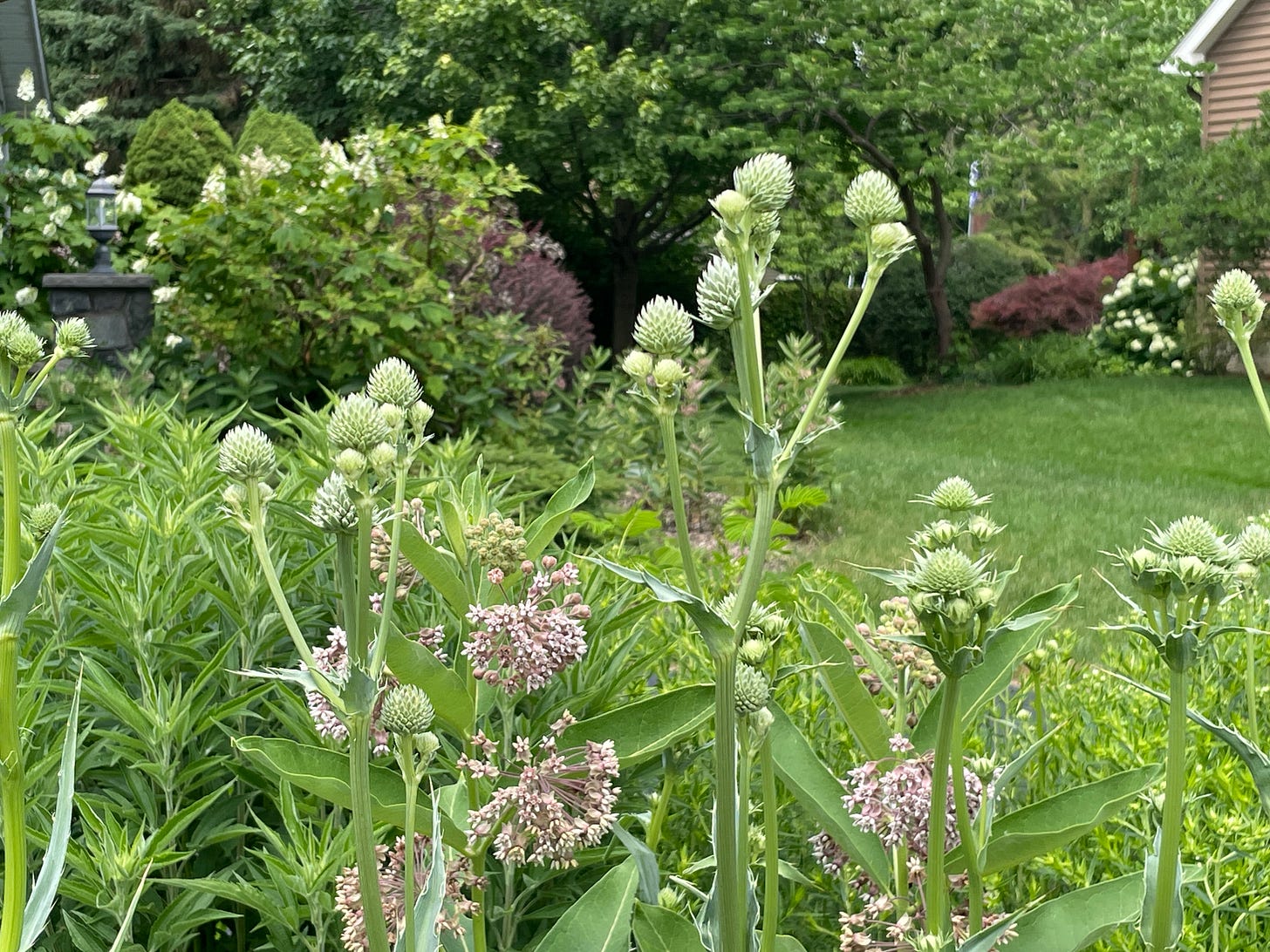

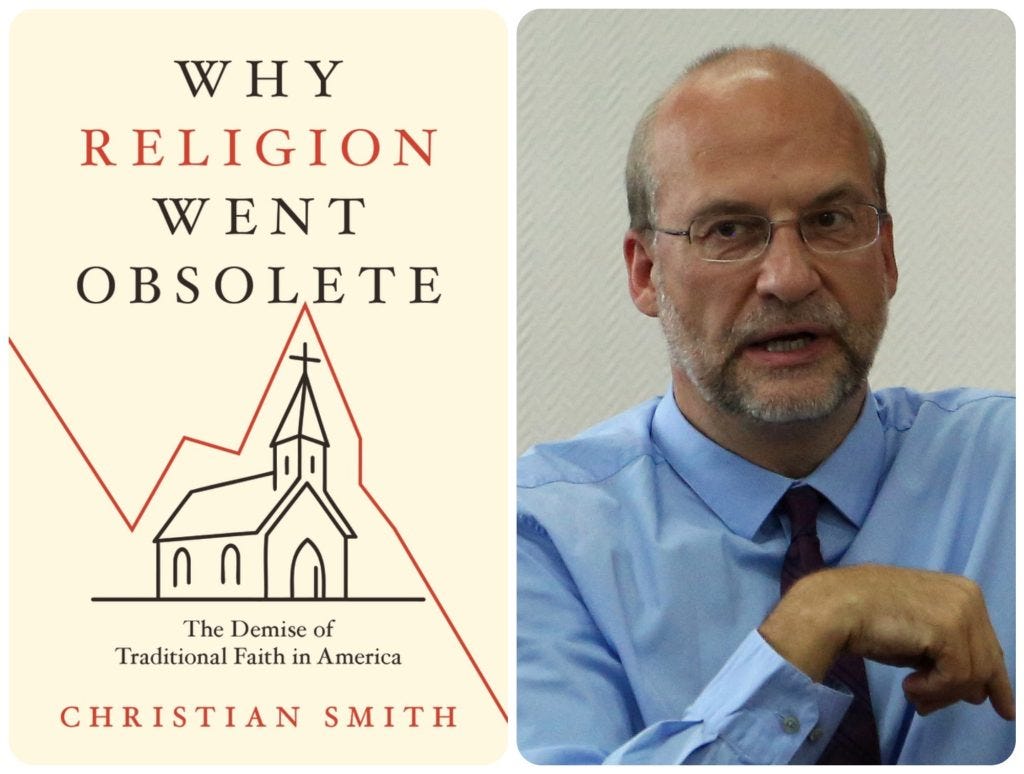


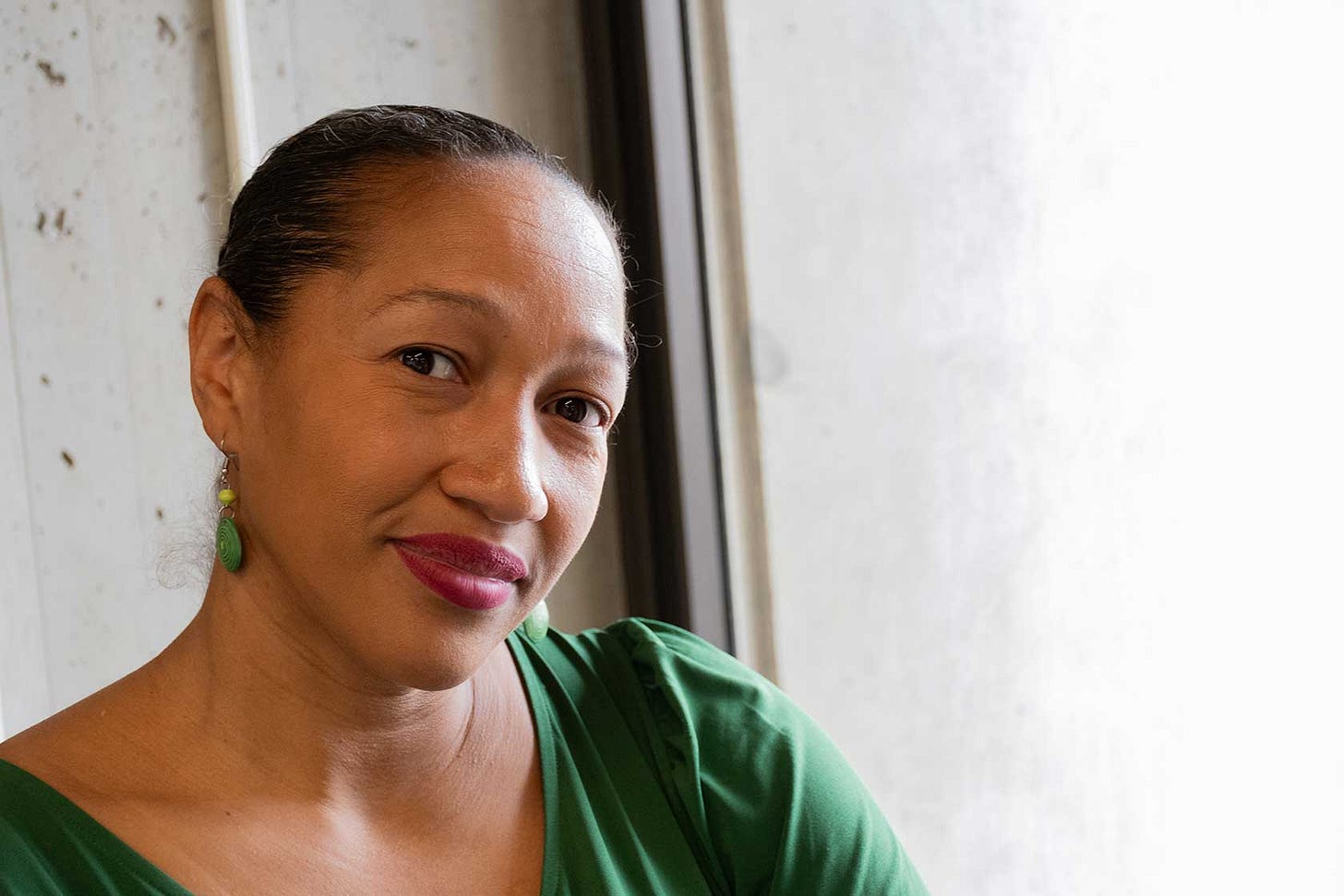
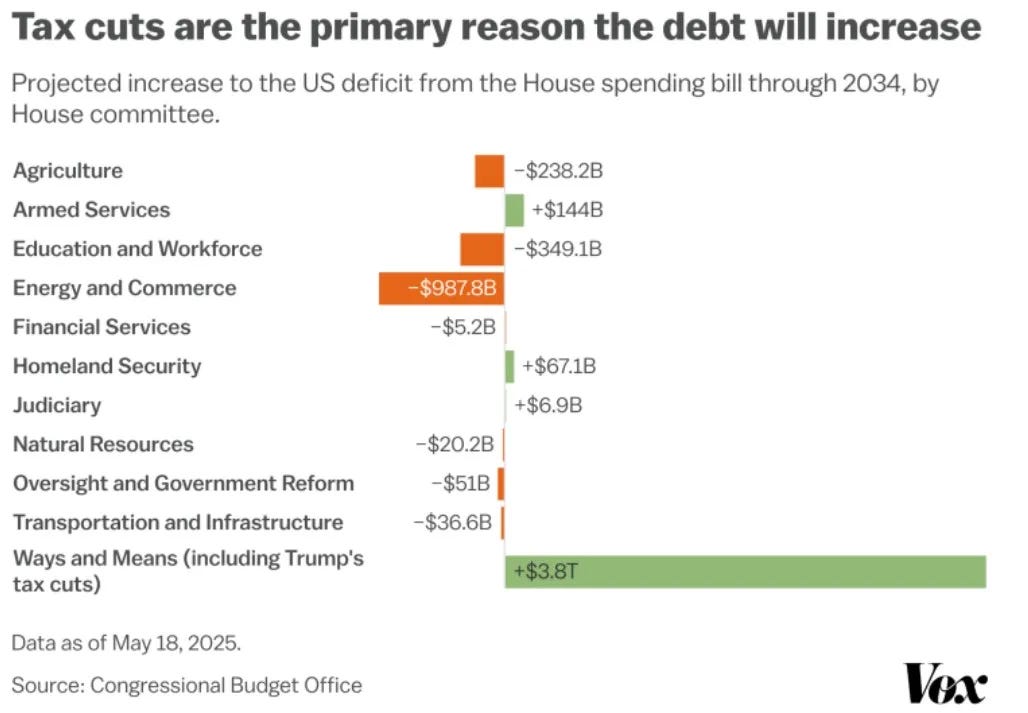


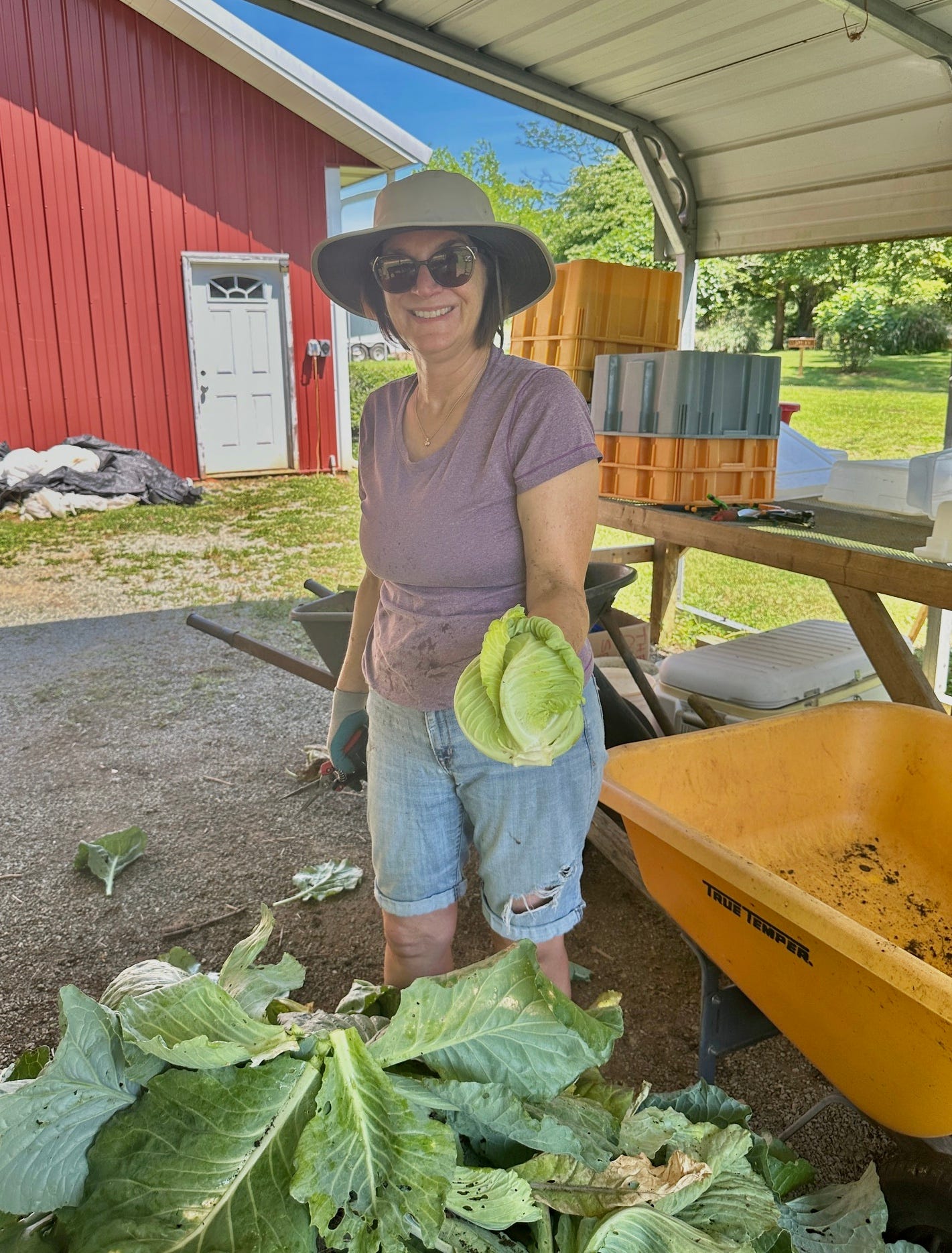
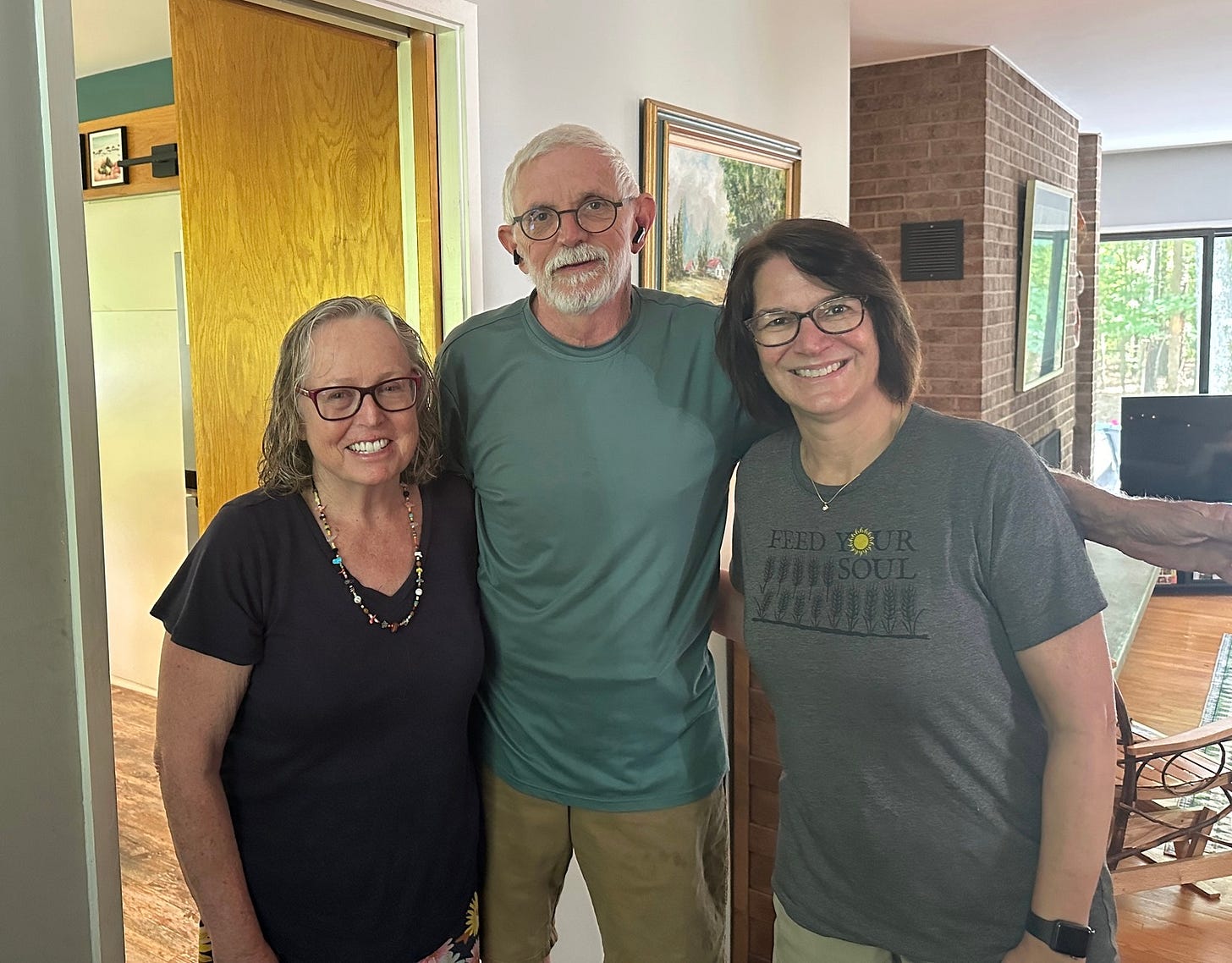

Love the cross in the tree
Ow, poor tree! 😥